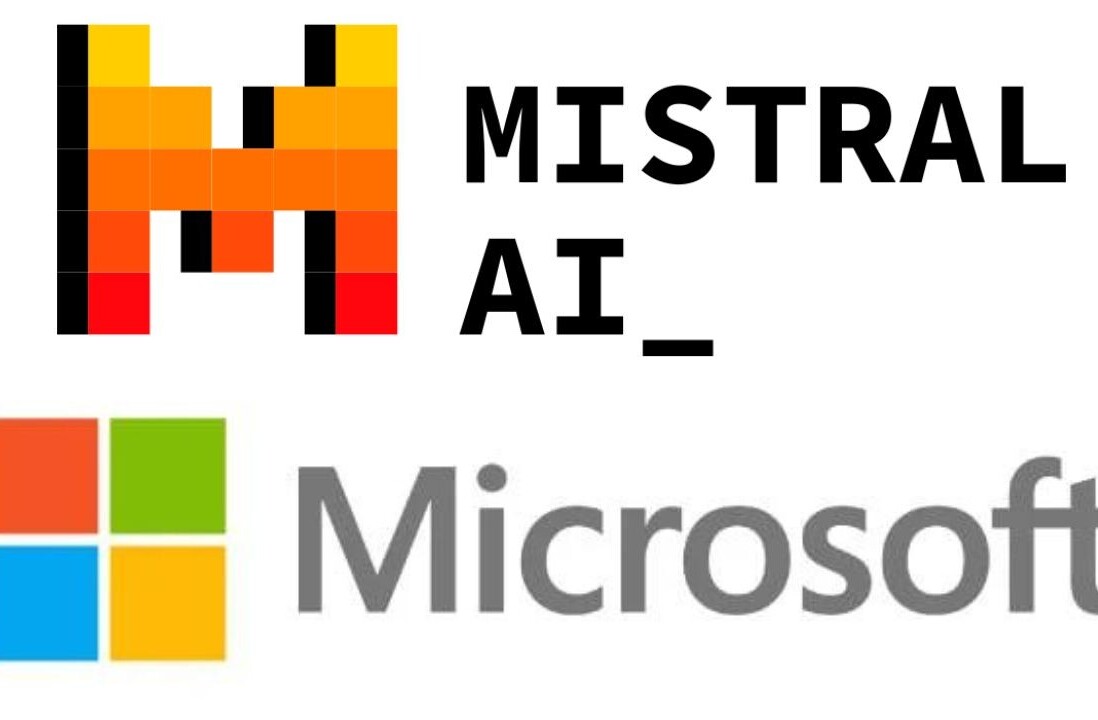
In our continuing series of posts on just what the Microsoft Research team is up to, today we bring you a video that is a bit out of left field. We write about Microsoft Research for no reason other than that its projects are often quite unique, and today’s story is a good example of that fact.
Microsoft has invested fortunes into systems that can handle large amounts of data, and synthesize it. It has also spent untold sums on beefing up email spam protection. Between Outlook and Hotmail, Microsoft is arguably the most important email provider in the world, so its work in spam is critical.
When you combine that knowledge of spam prevention, and big data, what can you do? As it turns out, you can help work on the HIV vaccine that the world quite desperately needs. People are dying by the millions each year because this vaccine does not yet exist. The good news is that Microsoft Research is working on the problem:
That’s where David Heckerman and Jonathan Carlson of Microsoft Research along with a Microsoft Computational Biology Tool called PhyloD come in. This software enables efficient data mining which then leads to specific cell analysis that helps detail virus patterns for further analysis. PhyloD contains an algorithm, code and visualization tools to perform complex pattern recognition and analysis – enabling Heckerman and his colleagues to learn how different individual immune systems respond to the many mutations of the virus.
Microsoft as doctor? It can’t be lucrative, but I don’t expect many investors to complain about the expense. If this is your sort of thing, the following clip is for you.
Get the TNW newsletter
Get the most important tech news in your inbox each week.




